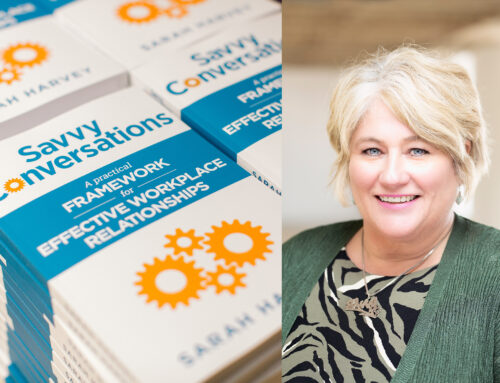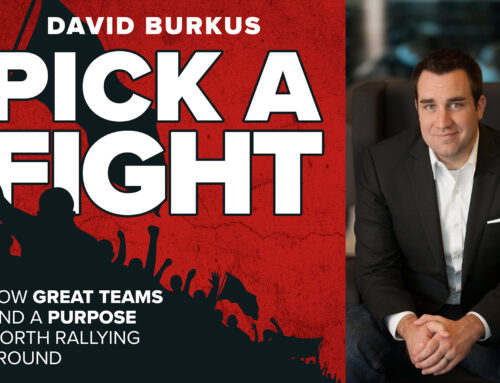
It’s a very west coast book. It’s beautiful, and applying the zen notions of simplicity and restraint to Power Point slides is a great idea. As someone who has been working to improve business presentations and to minimize the crimes against humanity committed by business people wielding Power Point, I can only applaud Garr’s point of view and welcome a fellow soldier to the cause.
I wish everyone would design slides like Garr does. The world would be a much happier, clearer, more elegant place.
Reynolds spends most of his time talking about design issues, and how to think about, prepare, and deliver great slides. But he also gives some advice about presentations themselves in passing, and all of that advice is simple and good too — for the most part.
I have to take issue with his notions of structuring a talk, and of story, however. They’re just too simple to be truly useful for most people. He says, think in terms of three parts to a presentation — a beginning, middle, and end. Unfortunately, that’s just not the most powerful way to think about organizing a talk. It’s far more respectful to the audience, and interesting, and powerful to begin with the question why? — Why is this issue important, why should you care, and so on. Then, having framed the talk in the audience’s terms, go on to describe a problem that the audience has for which your information is a solution, and end by moving to "how" questions (how do I do this, how do I get started) and giving them some action to take.
Similarly, it’s not enough just to tell people to use stories. How do you tell a good story? What’s the structure? Theme? What works with audiences that doesn’t with the printed page, and vice-versa? There are lots of questions associated with the simple word ‘story’. If it were easy to tell good stories, every Hollywood movie would be a blockbuster, and every novel published would be a bestseller.
There are basic stories that our culture understands and that people ‘get’ quickly, so it pays to use them in a deep sense when telling a new story of your own. Joseph Campbell most famously identified the "quest" and his books are a great place to start to understand how your presentation can fit into these deep cultural stories and move your audience to action. Great storytelling is not a simple thing. Enlist your audience on a quest to take your business to the next level, though, and you’ll be on to something. Then, design your (few) slides to look like Garr Reynolds’ and you’ll get a standing O.








Leave A Comment